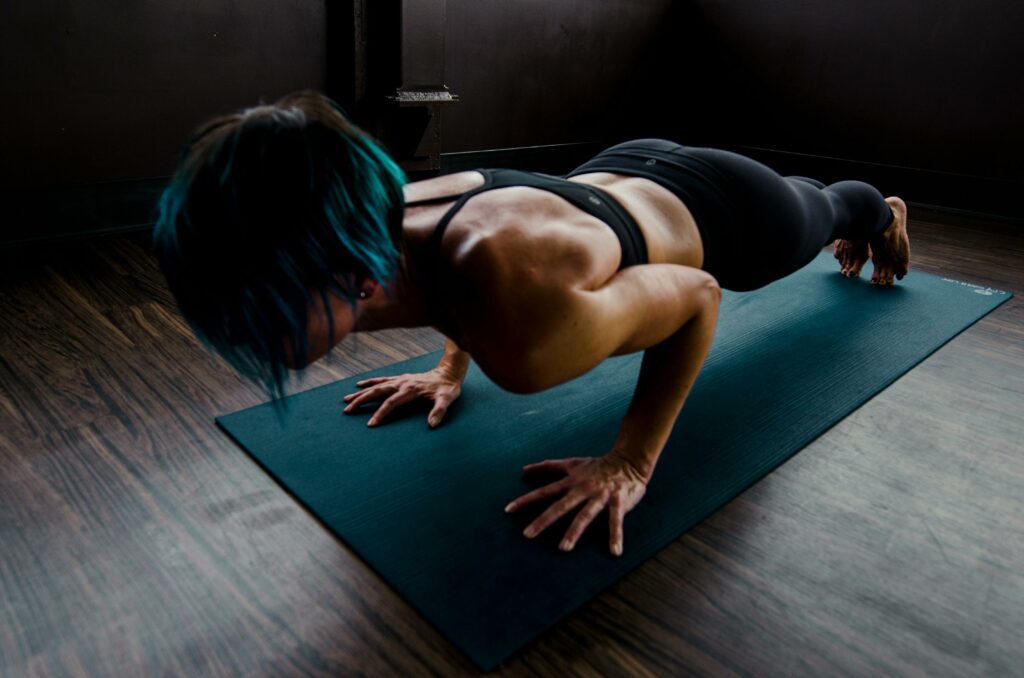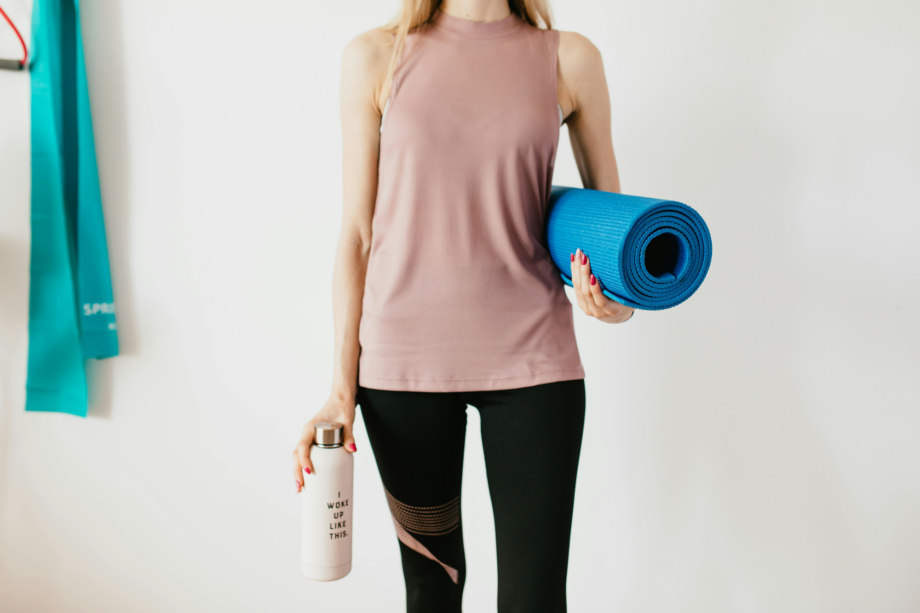Embarking on a fitness journey from the comfort of your home offers a myriad of benefits, from saving time and money to providing a safe, private environment to exercise. Home workouts are incredibly versatile, allowing beginners to explore different exercises at their own pace. The key to success lies in starting simple, focusing on consistency, and gradually building up both intensity and complexity. This guide will introduce you to basic, effective home workouts suitable for beginners, emphasizing the importance of proper form, regularity, and listening to your body to avoid injury and enjoy the process.
Getting Started: Setting Up Your Space and Schedule

Before diving into your workouts, creating a dedicated space and a consistent schedule is crucial. Even a small, clear area in your living room, bedroom, or garage can serve as your workout zone. Ensure the space is free of obstacles and has enough room for you to move around safely. A yoga mat can provide cushioning for floor exercises, and good lighting will keep you energized.
Crafting a workout schedule is equally important. Decide on specific days and times you’ll dedicate to your fitness routine, aiming for at least 3-4 days a week. Consistency is key; a regular schedule helps form the habit. Remember, it’s not about finding time; it’s about making time for your health and well-being.
Warm-Up Exercises
Warming up prepares your body for exercise, reducing the risk of injury and improving performance. Start with 5-10 minutes of light activity to get your blood flowing. Here are some effective warm-up exercises:
- Arm Circles: Extend your arms parallel to the floor and rotate them in small circles, gradually increasing the size. Do 30 seconds in each direction.
- Leg Swings: Hold onto a wall or chair for balance and swing one leg forward and back, then side to side. Repeat for 30 seconds on each leg.
- Gentle Jogging on the Spot: This gets your heart rate up and prepares your body for more intense activity. Continue for one minute.
Bodyweight Exercises for Beginners
Bodyweight exercises are fantastic for beginners because they require no equipment and can be modified to suit your fitness level.
- Squats: Stand with your feet shoulder-width apart. Lower your body as if sitting back into a chair, keeping your chest up and knees behind your toes. Push through your heels to return to standing. Squats strengthen your legs and core. Aim for 2 sets of 10-15 repetitions.
- Push-ups: Start in a plank position with your hands slightly wider than shoulder-width apart. Lower your body until your chest nearly touches the floor, then push yourself back up. Beginners can modify by keeping their knees on the ground. Push-ups work the chest, shoulders, and triceps. Try for 2 sets of 8-10 reps.
- Lunges: Step forward with one leg and lower your hips until both knees are bent at about a 90-degree angle. Ensure your front knee is directly above your ankle, not pushed out too far, and your other knee doesn’t touch the floor. Lunges target the legs and glutes. Perform 2 sets of 10-12 reps on each leg.
- Planks: Lie face down, then lift your body off the ground, supporting your weight on your forearms and toes. Keep your body in a straight line from head to heels. Planks strengthen the entire core. Hold for 20-30 seconds, increasing the time as you get stronger.
Cardio Workouts at Home
Cardio exercises increase your heart rate, improving cardiovascular health and burning calories. Here are some simple cardio workouts suitable for beginners:
- Jump Rope: If you have a jump rope, it’s a fantastic cardio workout that also improves coordination. Start with short intervals of 30 seconds of jumping followed by 30 seconds of rest. Repeat for 5-10 minutes.
- High Knees: Stand in place and run, pulling your knees up high towards your chest. Pump your arms to increase the intensity. Do this for 1 minute, then rest for 30 seconds. Repeat 3-5 times.
- Butt Kicks: Jog in place, kicking your heels up towards your glutes. Like high knees, this exercise gets your heart rate up quickly. Continue for 1 minute followed by a 30-second rest. Do 3-5 sets.
- Jumping Jacks: A classic cardio exercise that works your whole body. Start with your feet together and hands at your sides, then jump, spreading your legs and raising your arms above your head. Jump back to the starting position and repeat. Do 2-3 sets of 30 seconds to 1 minute.
Cool Down and Stretching
Cooling down after your workout is essential for recovery and reducing muscle soreness. Spend 5-10 minutes doing gentle stretching or walking to bring your heart rate down gradually. Focus on stretching all the major muscle groups you’ve worked, holding each stretch for at least 30 seconds. Don’t bounce or force the stretch; you should feel a gentle pull, not pain.
- Hamstring Stretch: Sit on the floor with your legs extended. Reach towards your toes, keeping your knees straight.
- Quad Stretch: Stand and pull one foot towards your glutes, keeping your knees together and pushing your hips forward.
- Arm Stretches: Stretch your arms by pulling each elbow across your body and behind your head.
- Shoulder and Neck Relaxation: Gently roll your shoulders and neck to release tension.
Stretching can be the key difference between a slow or high paced progression.
Building Your Workout Routine
Begin by incorporating the exercises outlined above into a routine that fits your schedule and fitness level. Start with shorter, less intense workouts, gradually increasing the duration and intensity as your strength and endurance improve. A balanced routine includes a mix of cardio, strength training, and flexibility exercises.
For beginners, a sample week might look like this:
- Monday: Bodyweight exercises and stretching.
- Wednesday: Cardio workouts and cool-down stretching.
- Friday: A mix of bodyweight exercises and cardio, followed by a thorough stretching session.
Listen to your body and rest when needed. As you grow stronger, challenge yourself by adding more repetitions, increasing workout time, or incorporating new exercises.
Conclusion
Starting a home workout routine as a beginner can be both exciting and intimidating, but by focusing on simple, effective exercises, you can build a solid foundation for fitness. Remember, consistency is more important than intensity in the early stages. Celebrate your progress, no matter how small, and stay motivated by setting realistic goals and gradually challenging yourself. With dedication and patience, you’ll not only see improvements in your physical health but also in your mental well-being. Welcome to the rewarding journey of fitness, where every step forward is a step towards a healthier, happier you.
